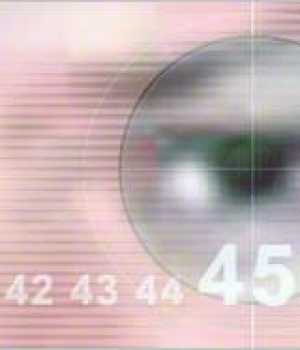40 Something and Counting: Developing Cataracts at Age 45

LIFESTYLE: I’m not laughing anymore. I was one of those guys that chortled a bit, but not in a mean way, when older friends and relatives would moan about a body ache from washing their car, or having to take some prescription pill for an unpronounceable aliment that everybody seemed to discover at once, or “my back hurts” from carrying in the groceries. It’s the unavoidable lament of middle age, that those of us in our thirties think will never happen to us.